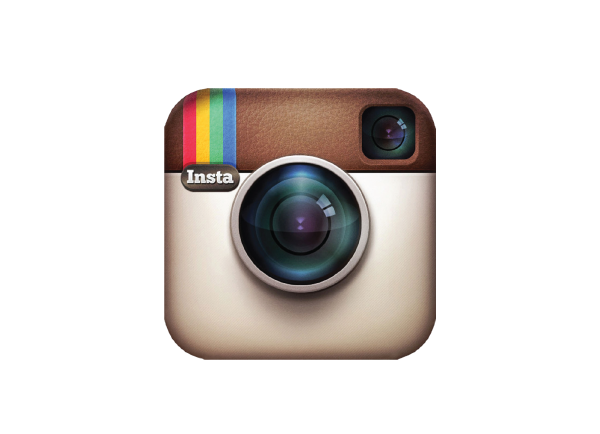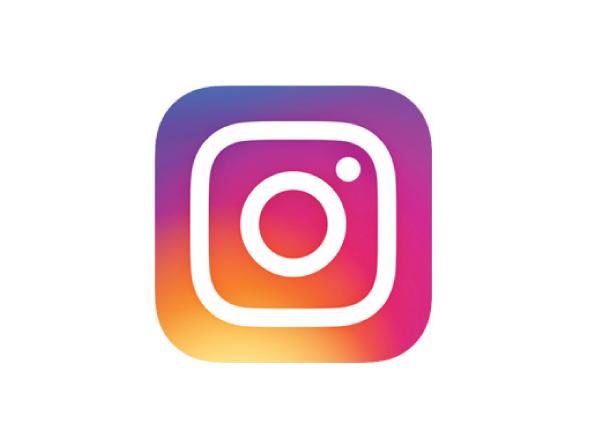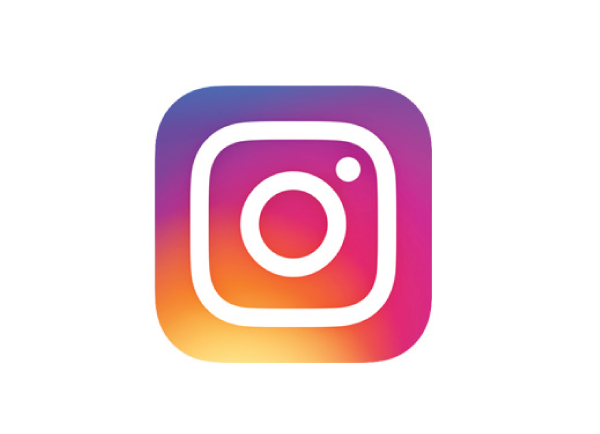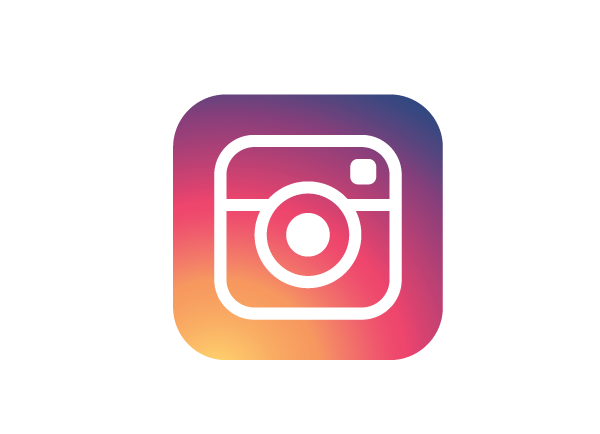Instagram’s old logo


Instagram’s new logo
This week, Instagram rolled out an update to its app that drove the world into a frenzy. Designers hung their heads in disappointment, and avid users of the app grabbed their pitchforks and protested. Okay, so that’s not exactly what happened, but one thing is certain: most of us don’t like it.
Because popular brands like Instagram are used on a daily basis, it’s understandable that they would want to stay modern and relevant in a digital world that is constantly changing. If you recall, Google jumped on the bandwagon and updated its logo early this year and experienced some scrutiny from the design community. With logos that are seen by such a large volume of people, there seems to be a lot to say about the choices that designers are making when handling the rebranding of an iconic icon.
What they did right:
Eliminate unnecessary elements in the logo icon.
If you haven’t already noticed, the current design trend is to simplify logos, icons, websites, and any other materials in the brand identity. Drop shadows, gradients, and outlined text have been replaced with flat colors, line icons, and sans-serif fonts. There are tons of reasons why simplifying logos makes sense for brands, but the main one is the flexibility for a logo or icon to be used in any instance, and at any size. Although deeply loved by many, Instagram’s old icon had too much happening in such a small area. Gradients, shadows, lens flares, and a mini rainbow were all shoved into one tiny icon to mimic the look of a retro camera. It was great, but the icon wasn’t translating across all aspects of the digital world. Creating a line icon solved this problem, because it can simply be inverted, recolored, and placed on any background without losing its integrity.
Simplify the interface of the app without changing the functionality.
Once clicked into the app, users are no longer faced with Instagram’s blue header and dark navigation. Instead, the entire interface reflects a sleek, black and white design that trims out everything but the essentials. Rather than distracting from the content, the white areas leave a blank canvas to highlight the vibrant and visual photos. And thankfully, the navigation and architecture of the app remain the same.
What they did wrong:
Simplified the icon beyond recognition.
At its very core, Instagram’s icon is meant to represent a camera. While the previous version takes this symbol to the extreme, the new minimalist icon takes it to the other extreme. Stripped back to only the very basic elements, the icon contains just three shapes: a square with very rounded corners, a circle, and a small dot in the top right corner. Because we are all familiar with the old logo, we know that these shapes are intended to represent a camera, its lens, and the viewfinder. But out of context, the icon looks nothing like a camera, but instead something similar to a rainbow bagel. It’s clear that the update to Instagram’s app was to simplify, simplify, simplify, but something about the new icon looks as if they took it too far.
Sacrifice uniqueness and camouflage itself among other brands.
Apart from the line drawing, the background of the icon is now a multi-colored gradient combining yellow, orange, pink, and a touch of purple and blue. Because people do not cope well with change, it’s no shock that the new gradient background was going to be criticized and turned into internet memes. However, Instagram explains that the mini rainbow from the previous logo is the actual inspiration for the rainbow gradient that lives behind the minimalist icon. Although the mixture of colors feels very similar to a filter that can be used within the app, the choice to use a gradient at all makes this icon feel like it’s trying to fit in to the design aesthetic of Apple’s iOS 9 icons. Sure, the icon was ready for an update– but for an icon that once stood out for its unique style, it now looks as if it’s playing catch up to fit in with the rest of the apps on your phone.
What they should have done:
Accentuate more features of the camera.
After everything that has been changed with this icon, the one thing that really doesn’t work for me is the line drawing. The corners are rounded so much that the square is on the verge of becoming a circle. And with a circle floating in it’s center, it is almost too hard to decipher what it actually is. By creating a boxier look for the camera and viewfinder shapes, sectioning off the top, and adding detail to the lens, the icon can still pay homage to the old logo while delivering a minimal design.

Instagram’s new logo

My proposed icon
After all the scrutiny, it’s important to remember that change is inevitable and brands will always be evolving to stay up to date with the rest of the world. Instagram’s update was long overdue, so the change feels more drastic than if it had slowly changed it over time (something that Google’s logo experienced). Many people feel personal connections to brands, so they are often uncomfortable when there are major changes. But, as with any other redesign, after the initial shock, everyone will get over it and move on to the next big thing. Fingers will still hit the Instagram icon and scroll through the feeds of filtered photos, no matter what that icon looks like.
